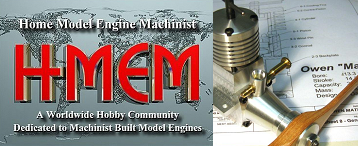Hey OP
Thanks for posting this. Very relevant and very informative, and it's started a great discussion too.
Very glad you caught this when you did. Where is your workshop? In your house/garage, or in an outbuilding?
Wishing you all the best in your repairs and rewiring.
Del
Thanks Del.
Agreed, great discussion. First, your questions. The shop where that happened was a detached garage, then moved my shop temporarily to a basement, and now it is in an attached garage (misnomer- no cars ever go in it, LOL) with a cinder block firewall, fire code sheetrock, and various sound insulation methods.
Take-Aways from the Discussion
Here is a list that I came up with, and I would guess that folks will add some for their own personal situations. Some of the items were not discussed, but are certainly relevant, for shop and home.
1. More smoke alarms.
2. More fire extinguishers.
3. Keep all receptacles that are in use, visible, especially those that see high current loads.
4. Change out all of my machinery receptacles to the 20A variety. I have seen some of these with additional certifications on the package, and also listed as hospital grade. But the certs and amperage are the most important part.
5. Do some sort of "pull test" for all plugs in receptacles.
6.Check condition of all power cords.
7.Instead of using a semi-permanent extension cord for any machinery, buy a nice heavy extension cord of appropriate length and gauge, cut off the female end and wire it permanently into the motor.
8. Check all recpts and plugs and cords, etc, for heat, with your hand and an infrared temperature sensor.
9. Verify that the electrical circuit layout and breakers in your shop are appropriate, and know which breakers control what.
10. GFI's for all circuits.
All of these are easy fixes/inspections that could make a BIG difference.
Got some more?
Lloyd





